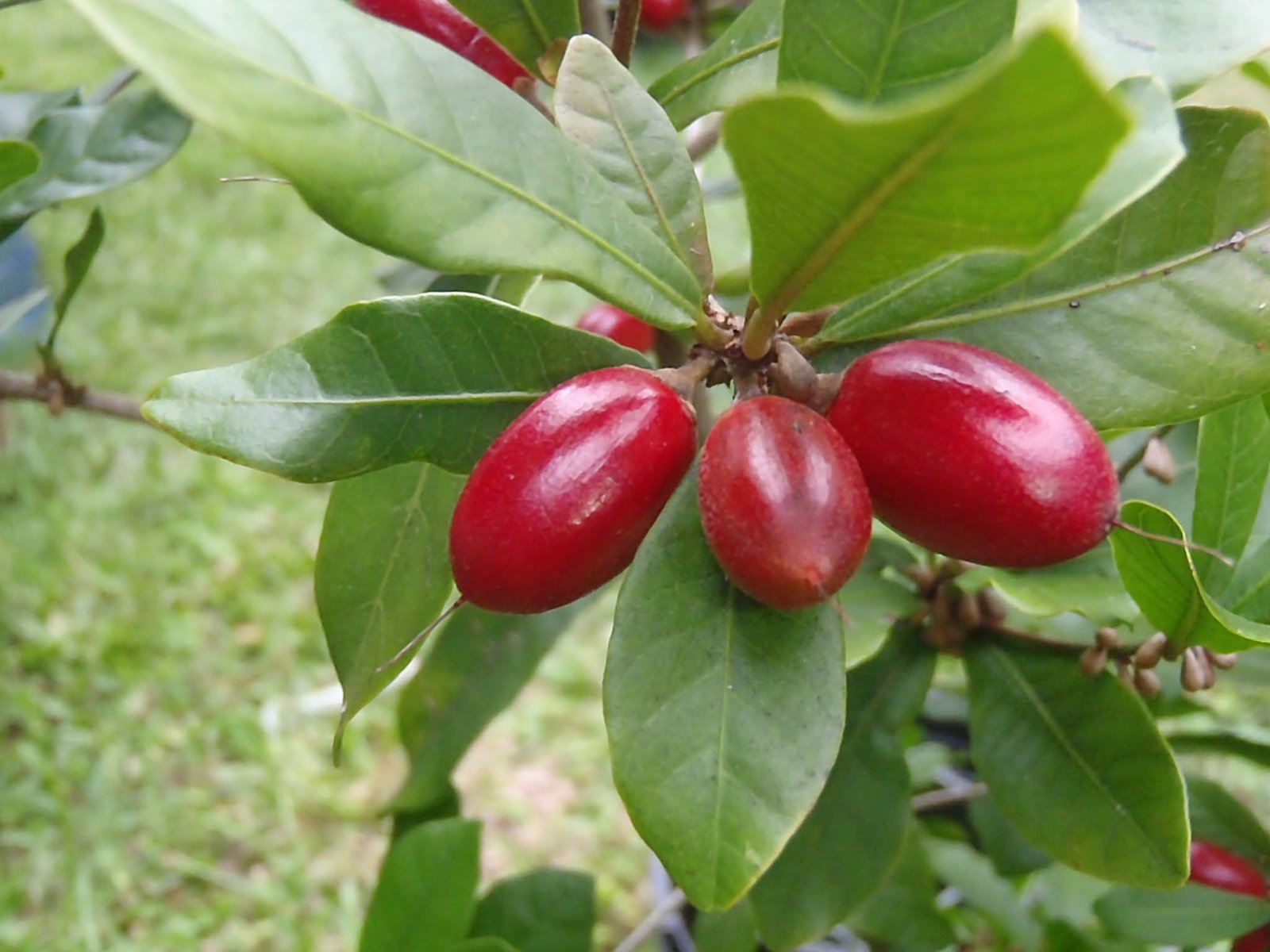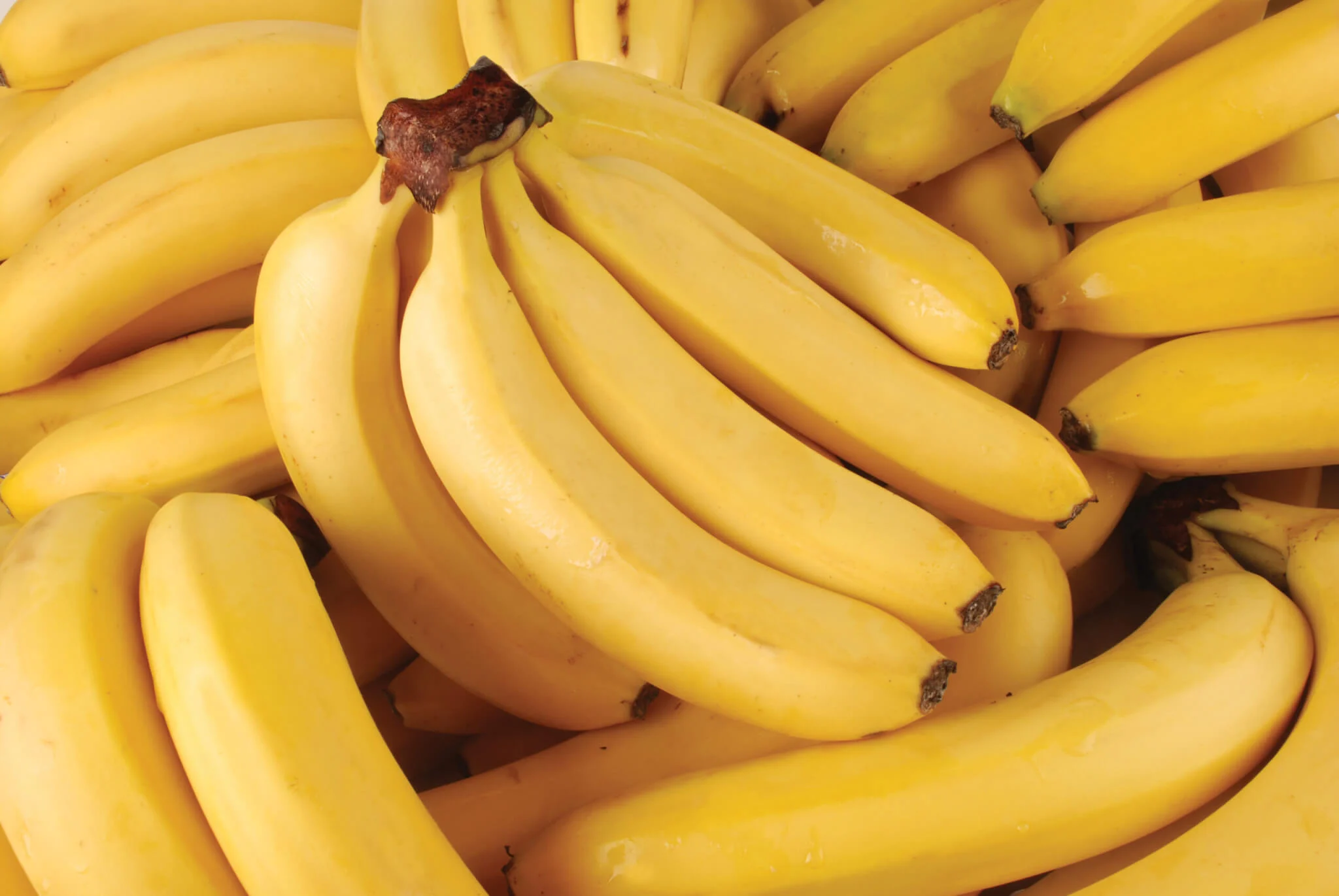Miracle Fruit Facts,FAQs, Behaviour, Habitat, Conservation and more

Miracle Fruit Facts | Description | Distribution and Habitat | Botany and evolution | Cultivation | Uses | Cultural | Interesting facts | frequently asked questions about Miracle Fruit
The Fruit Miracle is an extraordinary fruit that is known for its incredible health benefits and unique flavor profile. With its vibrant colors and mouth-watering taste, this fruit is a true wonder of nature. Whether you eat it fresh or use it in your favorite recipes, the Fruit Miracle is sure to add a touch of magic to your day.
Taxonomy of Miracle Fruit
| Kingdom | Plantae |
|---|---|
| Division | Magnoliophyta |
| Class | Magnoliopsida |
| Order | Sapindales |
| Family | Rutaceae |
| Genus | Citrus |
| Species | Citrus paradisi |
Morphology of Miracle Fruit
| Shape | Round |
|---|---|
| Size | 10-15 cm in diameter |
| Color | Yellow or pink |
| Skin Texture | Smooth, thin, and shiny |
| Flesh Texture | Juicy and pulpy |
| Seed | Usually seedless, but can have a few large seeds |
| Taste | Sweet and slightly acidic |

Description of Miracle Fruit
The Fruit Miracle is a citrus fruit that is native to Southeast Asia but is now grown in many parts of the world. It is a hybrid of pomelo and sweet orange and is known for its large size, juicy pulp, and sweet-tart flavor. The fruit is rich in vitamins, minerals, and antioxidants, making it a nutritious addition to any diet. The Fruit Miracle is often used in culinary dishes, as well as in beverages and beauty products.
Distribution and habitat of Miracle Fruit
The Fruit Miracle is widely distributed and can be found in many parts of the world, including Southeast Asia, Africa, the Americas, and the Mediterranean region. The fruit is typically grown in subtropical and tropical climates and thrives in warm temperatures and high humidity. It is commonly cultivated in orchards and groves, but can also be found growing wild in some regions. The Fruit Miracle prefers well-drained soil and requires regular watering and fertilization to produce healthy fruit.
Botany and evolution of Miracle Fruit
The Fruit Miracle, also known as Citrus paradisi, is a citrus fruit that belongs to the Rutaceae family. It is believed to be a hybrid of the pomelo and the sweet orange, and is thought to have originated in Southeast Asia. The fruit is now grown in many parts of the world, including the Americas, Africa, and the Mediterranean region.
The Fruit Miracle is a perennial tree that can grow up to 30 feet tall. The leaves are glossy and green, and the tree produces fragrant white flowers that bloom in the spring. The fruit itself is large and round, with a smooth, thin skin and juicy, pulpy flesh.
Cultivation of Miracle Fruit
The Fruit Miracle is typically grown in subtropical and tropical regions, and requires warm temperatures and high humidity to thrive. The fruit prefers well-drained soil and requires regular watering and fertilization to produce healthy fruit. It is commonly propagated by grafting, and can be grown in orchards or in home gardens.
Uses of Miracle Fruit
The Fruit Miracle is a versatile fruit that is used in a variety of culinary and non-culinary applications. It is often eaten fresh or used in salads, desserts, and other dishes. The juice of the Fruit Miracle is a popular beverage and is often used in cocktails and other drinks. The fruit is also used in cosmetics and skincare products due to its high content of vitamins and antioxidants.
Cultural and Historical Significance of Miracle Fruit
The Fruit Miracle has a long and storied history, with many cultures valuing it for its health benefits and unique flavor. It is believed to have been cultivated in ancient Egypt and was highly valued by the Greeks and Romans. The fruit is also associated with the Christian holiday of Easter, and is often used in traditional Easter meals and celebrations.
Explanatory Notes for Miracle Fruit
The Fruit Miracle is also known by several other names, including grapefruit, shaddock, and pomelo. It is a rich source of vitamins A and C, as well as fiber and potassium. The fruit is also low in calories, making it a popular choice for those looking to maintain a healthy diet. However, it may interact with certain medications, so it is important to consult with a healthcare professional before consuming large quantities of the fruit or its juice.
Interesting facts about Miracle Fruit
- The Fruit Miracle was originally named the “forbidden fruit” by the Barbados grapefruit industry due to its unusual and bitter taste.
- The Fruit Miracle is one of the few fruits that contains the enzyme bromelain, which is known for its anti-inflammatory properties.
- The largest grapefruit on record weighed over 18 pounds and was grown in Brazil.
- In some cultures, the Fruit Miracle is believed to have aphrodisiac properties.
- The Fruit Miracle is an excellent source of vitamin C, with one fruit containing over 100% of the recommended daily intake.
- The Fruit Miracle can help to lower cholesterol levels and reduce the risk of heart disease.
- The Fruit Miracle is often used in weight loss diets due to its low calorie and high fiber content.
- The essential oil extracted from the Fruit Miracle’s peel is used in perfumes and aromatherapy.
- The Fruit Miracle is the state fruit of Texas, and is celebrated each year with a festival in the town of McAllen.
- The Fruit Miracle’s juice can be used to remove stains and clean surfaces due to its acidic properties.
General queries or frequently asked questions about Miracle Fruit
1. Is the Fruit Miracle good for weight loss?
Yes, the Fruit Miracle is a low calorie and high fiber fruit that is often included in weight loss diets.
2. Can the Fruit Miracle interact with medications?
Yes, the Fruit Miracle can interact with certain medications, particularly those used to treat high blood pressure or cholesterol. It is important to consult with a healthcare professional before consuming large quantities of the fruit or its juice.
3. What are some health benefits of the Fruit Miracle?
The Fruit Miracle is a good source of vitamin C, fiber, and potassium. It can help to lower cholesterol levels, reduce the risk of heart disease, and promote weight loss.
4. How is the Fruit Miracle typically eaten?
The Fruit Miracle can be eaten fresh, or used in salads, desserts, and other dishes. The juice of the Fruit Miracle is also a popular beverage.
5. Where is the Fruit Miracle grown?
The Fruit Miracle is grown in subtropical and tropical regions around the world, including Southeast Asia, the Americas, and the Mediterranean region.
Conclusion
The Fruit Miracle is a unique and versatile fruit that is valued for its health benefits, culinary uses, and cultural significance. It has a long and storied history, and is enjoyed by people all over the world. From its botany and evolution, to its cultivation and uses, the Fruit Miracle is a fascinating fruit that continues to captivate and delight.













